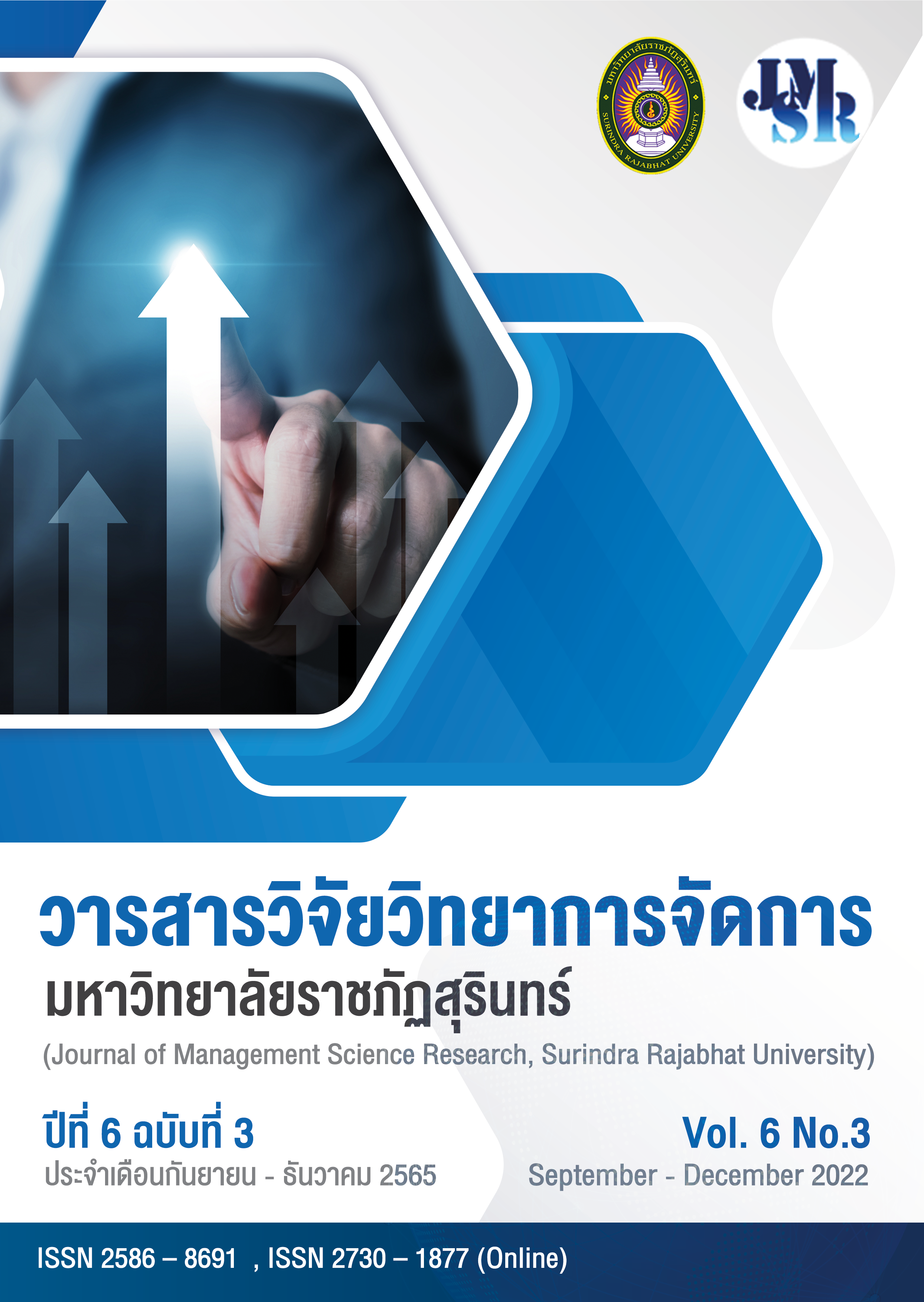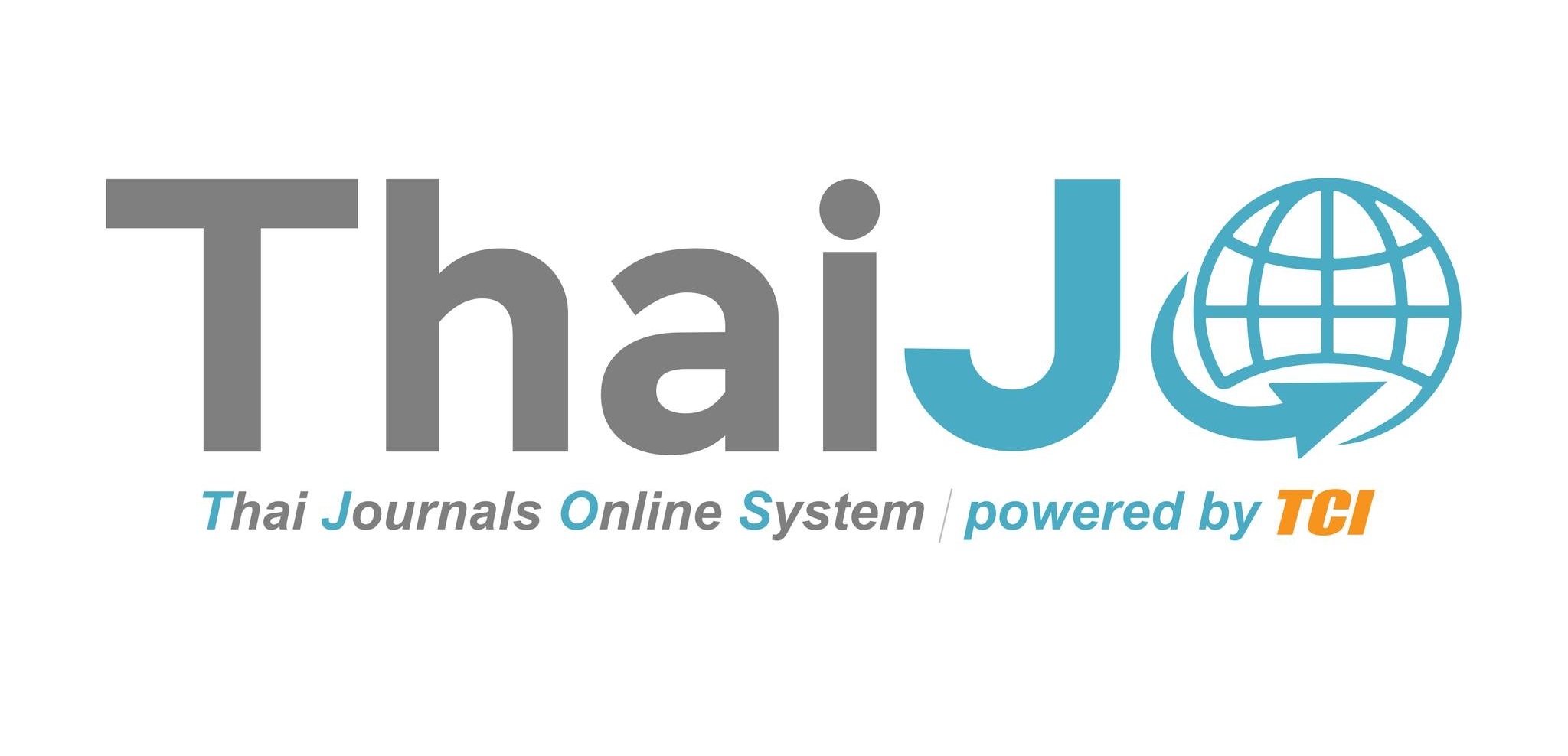IoT and Development of Automatic Cat Food Feeder for Pet Parent Consumers
Keywords:
A design and development, Internet of Thing (IoT), Automatic cat-food feeder, Pet parentsAbstract
This research presents a design and development of an IoT-integrated automatic cat-food feeder for Pet Parent consumers in order to help in preparation of pet food in the case that the owner does not stay home or can not come back on time. The study processes started with the survey of problems and requirements from ten, thirty and ninety people of the pet parents using focus-group, open-end questionnaire and close-end questionnaire, respectively. The finding from the survey was consequently used for specifying the characteristics of the automatic cat-food feeder in the product design process. Next, the IoT integrated cat-food feeder along with its automatic functions was design, and the logical control program was written using Arduino IDE. The prototype of feeder was designed and developed following the product design concept emphasizing on the eleven important characteristics getting from the survey. Smart mobile application was created and linked with automatic control using Blynk. The prototype was used by the real pet parents. The result indicated that the IoT integrated cat-food feeder has operated according to the intended design with an average satisfactory score of four point one five (4.15) which indicated “high satisfaction” level. Therefore, it can be concluded that the application of the product design principle could lead to the development of products that suit the user's needs and could be used as a guideline to integrate the IoT into other daily life products.
References
กรมประชาสัมพันธ์. (2563). คลังความรู้ PRD [ออนไลน์]. ค้นเมื่อ 3 มิถุนายน 2563, จาก : http://km.prd.go.th.
กรมปศุสัตว์ (2562). แผนที่แสดงจำนวนสุนัข-แมว (ปี 2562 รอบที่ 1) สำรวจโดยองค์กรปกครองส่วนท้องถิ่น[ออนไลน์]. ค้นเมื่อ 3 มิถุนายน 2563, จาก : http://164.115.40.46/petregister.
เจษฎา ขจรฤทธิ์, ปิยนุช ชัยพรแก้ว และหนึ่งฤทัย เอ้งฉ้วน. (2560). การประยุกต์ใช้เทคโนโลยี Internet of Things ในการควบคุมระบบส่องสว่างสำหรับบ้านอัจฉริยะ. วารสารวิทยาการและเทคโนโลยีสารสนเทศ, 7(1), 1-11.
ชัยวิทย์ ถิระวณัฐพงษ์ และยุทธนา พรรคอนันต์. (2563). การประยุกต์ใช้เทคโนโลยีไอโอทีควบคุมโรงเรือนเพาะเห็ด ฟาร์มอัจฉริยะด้วยเทคโนโลยีพลังงานแสงอาทิตย์. วารสารวิชาการเทพสตรี I-TECH, 15(2), 102-111.
ตรีรัตน์ อรอมรรัตน์. (2559). การศึกษาพฤติกรรมการตัดสินใจซื้ออาหารแมวสำเร็จรูประดับพรีเมี่ยม. วิทยานิพนธ์บริหารธุรกิจมหาบัณฑิต. มหาวิทยาลัยธรรมศาสตร์.
ธรัช อารีราษฎร์ และวรปภา อารีราษฎร์. (2563). ระบบไอโอทีสำหรับการตรวจสอบความชื้นและอุณหภูมิเพื่อส่งเสริมการเพาะเลี้ยงเห็ดในโรงเรือนให้มีผลผลิตที่สมบูรณ์. วารสารวิชาการการประยุกต์ใช้เทคโนโลยีสารสนเทศ, 6(1), 7-17.
นิติคม อริยพิมพ์, ชัยพร อัดโดดดร และวินัย คำทวี. (2562). การออกแบบและสร้างระบบ IoT สำหรับบ้านจำลองที่ควบคุมด้วยไมโครคอนโทรลเลอร์. การประชุมวิชาการและเสนอผลงานระดับชาติและนานาชาติ ครั้งทึ่ 7 (CASNIC 2019), 16 พฤศจิกายน 2562. 1535 -1545. ขอนแก่น. วิทยาลัยบัณฑิตเอเชีย.
ปัทมา เหมือนสมัย (2557). คำอ้างถึงบุรุษในภาษาไทยในการอ้างอิงและพูดคุยกับสัตว์เลี้ยง. วิทยานิพนธ์ศิลปศาสตรมหาบัณฑิต. มหาวิทยาลัยเกษตรศาสตร์.
พิพัฒน์ ดุรงค์ดำรงชัย และชัยพร อัดโดดดร. (2563). แบบจำลองระบบไอโอทีสำหรับฟาร์มไก่อัตโนมัติที่ควบคุมไมโครคอนโทรลเลอร์. วารสารวิชาการเทคโนโลยีพลังงานและสิ่งแวดล้อม, 7(2), 73-86.
วีรศักดิ์ ฟองเงิน สุรพงษ์ เพ็ชร์หาญ และรัฐสิทธิ์ ยะจ่อ. (2561). การประยุกต์ใช้เทคโนโลยีไอโอทีควบคุมฟาร์มอัจฉริยะในโรงเรือนเพาะเห็ดนางฟ้า. วารสารวิชาการการการจัดการเทคโนโลยีสารสนเทศและนวัตกรรม, 5(1), 172-182.
วอนชนก ไชยสุนทร. (2558). Internet of Things เมื่อทุกสิ่งเชื่อมต่ออินเทอร์เน็ต. วารสารครุศาสตร์อุตสาหกรรม, 14(2), 727-733.
ศิวพร เที่ยงธรรม และบุหงา ชัยสุวรรณ (2561). รูปแบบการดำเนินชีวิตและพฤติกรรมการซื้อของผู้บริโภคกลุ่ม Pet Parents. วารสารการสื่อสารและการจัดการ นิด้า, 4(2), 61-75.
ศุภาวีร์ มงคลชาติ. (2560). ปัจจัยส่วนประสมทางการตลาดที่มีความสัมพันธ์กับพฤติกรรมการซื้อผลิตภัณฑ์สัตว์เลี้ยงสำหรับแมวของผู้บริโภคที่เลี้ยงแมวในประเทศไทย. วิทยานิพนธ์ศิลปศาสตรมหาบัณฑิต. สถาบันเทคโนโลยีราชมงคลพระนคร.
Berkman, H. W. and Gilson, C. C. (1974). Consumer lifestyles and market segmentation. Journal of the academy of marketing science, 2(1-4), 189-200.
Chicone, D. (2015). Being a Super Pet Parent: Everything You Need to Know to Foster a Long Relationship with Your Dog. Dancing Paws Press.
Habib, A., johargy, A., Mahmood, K. and Humma. (2014). Design And Determination of The Sample Size in Medical Research. IOSR Journal of Dental and Medical Sciences, 13(5), 21-31.
Karl, T. U. and Eppinger, S.D. (2016). Product Design and Development. (6th Ed). New York : McGraw Hill. 432 pages.
Muhammad, A., Muhammad, Ammad-Uddin, Sharif, Z., Mansour, A. and Aggoune, El-Hadi M. (2019). Internet-of-Things (IoT) - Base Smart Agriculture: Towards Making the Fields Talk. IEEE Access, 2019(7), 129551-129583.
Talapatra, S., Shakil, Md., Mondal, P.K. and Islam, Md. S. (2014). Implementation of Product Design Tools for the Development of an Automated Vegetable Chopper. Technology and Investment, 2014(5), 1-7.






